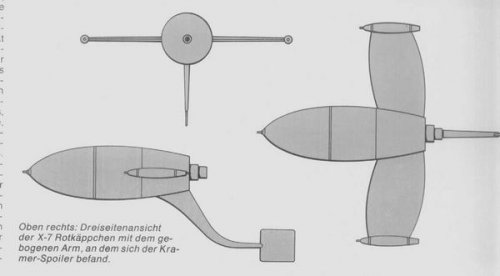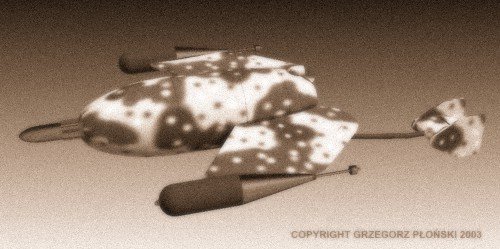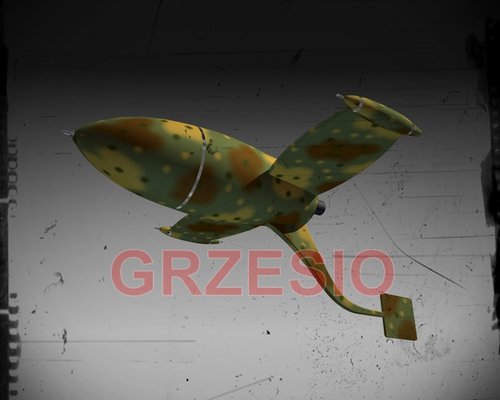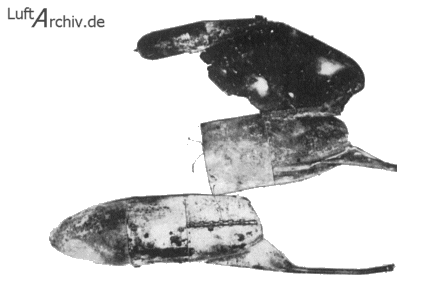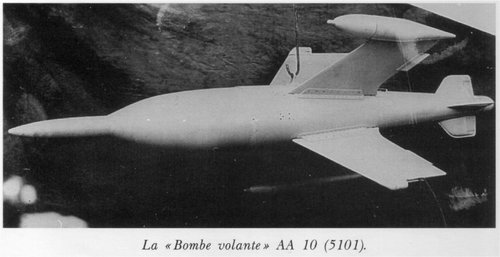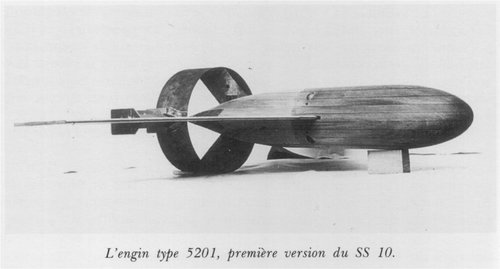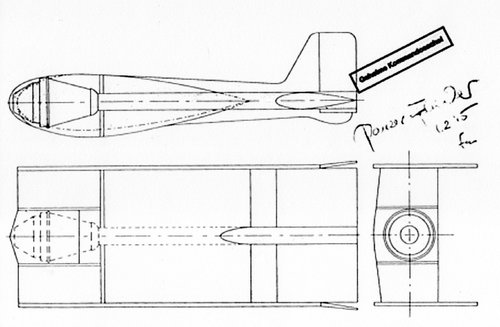Grzesio said:
Also the Steinbock was to be guided by an IR beam... But as far as the Rumpelstilzchen is concerne, there's something strange in descriptions of the guidance system, I know - a light beam with four different modulation frequencies...? What for?
Regards
Grzesio
Two obvious potential answers:
1. If the weapon is to be used in salvo with other Rumpelstilzchen, the need to discriminate light sources requires coded (most likely filtered but potentially also FM'd with a timing differential, on-weapon) illuminators.
2. If it is an 'all in one' system, then you must look to the IR beacon on the BGM-71 which feeds a quadranted SACLOS deviation sensor based on drift. In this, you are essentially using the IR equivalent of passive monopulse (and assuming RumpelStilzchen is not a spin stabilized weapon as TOW is), a missile receiver that measures drift from the left side doped detector from a right side filtered beam will drift right _only until_ the missile's right side receiver starts sensing angular variation from the lift side illuminator which will pull it back to a zero'd drift state inbetween.
The same being true for top/bottom (or diagonal or however the receiver apertures are cardinal mixed).
When they secretly recorded the Nazi atomic scientists' discussions at Farm Hall, one of the continuing subjects that came up was the use of synthetic rubies and how these would change the world if you were able to productionize the processes that IG Farben had come up with in making them.
I believe doped gemstones are elements in NdYAG lasers and so called 'quartz' timing which tends to tell you that what the Germans were working on under what we call the 'spiral' process of generation after next weapon/counters was very much further along than is commonly admitted.
I would not be at all surprised if the systems which brought forth the Swiss Kobra and French SS-11 as well as AT-2/3 were not in fact based on one of the late war ATGW but that those which standardized SACLOS came from work that was, say, taken from the Skoda Skunkworks at Pilsen or a factory farther West.
It would be interesting to line up the geographic occupation sectors of the factories which had these secret projects and compare them, 'Left to Right', with what the Western Allied vs. Soviet blocs fielded within a decade as advanced weapons systems, 'out of the blue'.




